It would be impossible to overstate the impact legendary filmmaker Dario Argento has had on the horror genre with landmark shockers including 1970’s The Bird with the Crystal Plumage, 1975’s Profundo Rosso (Deep Red) and 1978’s Suspiria, as well as a revered canon of nightmares that includes scores of lusciously lensed, operatic thrillers like Phenomena, Tenebrae, Inferno and others that helped define the Italian horror sub-genre named giallo—a movie shockwave coined by a fraternity of low-budget 70s Italian horror mavericks and defined by a healthy contingent of beautiful women in danger, knife-wielding psychosexual psychos and labyrinthine investigations over the top and back down again.
While many of his contemporaries cranked out serviceable entries, Argento’s super-stylish aesthetic and glorious mis en scene—featuring hyper-violent amalgams of driving music, formally fluid camera, oversaturated color palettes and choreographed, beautiful suffering—defined his own class of intensely cinematic, personal expressions: half beauty, half ugly, all sublime.
At 73, Argento—who also co-wrote Sergio Leone’s 1968 classic Once Upon a Time in the West and famously re-cut and scored George Romero’s 1978 zombie satire Dawn of the Dead for European release—shows no signs of slowing down on either the horror or directing fronts, his latest picture a Hammer-esque Dracula origin yarn conceived in eye-popping 3D. And while Argento’s last few films, Mother of Tears, Giallo and Dracula 3D may not reach the grandeur of his milestones, the master’s quintessentials have earned him a lifetime pass.
I caught up with Argento recently—in this business you’re supposed to practice detachment, but as a lifelong horror buff all bets were off—to chat about Dracula 3D, his fascination with women, the genre today and some insightful glances into both his pictures and the obsessions that fuel them. What a thrill.
It’s immediately clear in Dracula 3D that you are returning to a different movie era of a legend that has been done very modern in recent years. I recognized the feel and tone as akin to the Christopher Lee Hammer pictures.
Yes. For me, Hammer’s Dracula is one of the best. Dracula is not a joke or comedic in these films. To me, that is not interesting. What I liked about the Hammer films is that they were simple and strong.
And with a strong feeling of romance; a voluptuous dimension to the women. I was thinking of Ingrid Pitt as I was watching this picture.
Yes, yes. My film is romantic and that is very important in this film, and quite different from many other vampire movies.
It is also a beautifully shot—its 3D very bright and vivid—unlike most 3D movies today. I know you worked once again with your Suspiria DP, Luciano Tovoli, to achieve this look.
I wanted to have good photography, and I brought Luciano, my director of photography from Suspiria, a film that had very bright and splendid colors. We did different things with the light because 3D needs another kind of light; much more than normal. That is important. It is new technology. And the camera is heavy and gigantic. It was not easy to do.
Speaking of new technology, you are certainly embracing it. But do you miss 35mm?
I do. But no producers today want to finance a film in 35mm. They say there are no more theaters to show them in. It’s a problem.
It’s quite sad, actually.
Yes, very sad, because the quality of digital is different and the colors appear differently. For example, red does not look the same as it looks in 35mm. The green also is not real green. When we see grass, it is not the same. This is because 35mm comes from natural materials and digital comes from artificial elements; nothing is natural. So the color on 35mm looks more natural; more real. Digital is not real.
In Dracula 3D you once again direct your daughter, Asia. She brings a very primal energy, as always.
Oh, I like working with her! It is our fifth film together and a good experience to work with her again.
Asia is one of many actresses you’ve worked with. When I think about your films, I always remember the women most—Jessica Harper, Jennifer Connelly, Irene Miracle and of course Daria Nicolodi. What do you love about placing a woman at the center of a thriller? You obviously love shooting women, and putting them in harm’s way.
Yes. I especially like to work with women. When I was young, my mother was a very famous Italian photographer. For years after school, I was often in the studio with her. I saw very special women’s portraits, and how she would light the face of the woman—this stuck in my mind. When I became a director, it was much easier for me to work with women rather than men because I remembered the faces and the colors and the shadows. And for this reason, women are more important in my movies.
It’s hard not to think about the powerful musical scores by Goblin and Claudio Simonetti when reflecting on your films. The scores are almost as famous as the movies.
We started working together from Deep Red and did many films together. We are very, very close and it is easy to work together. He immediately understands what I need, and the music is very, very fine art. Especially for the Dracula 3D, we created music with origins and references from Balkan music.
You’re 73 and still making horror films, and still very interested in the giallo. It’s really fascinating that you still have the drive to make them.
Because it is my style and I do not want to change. I don’t think an artist needs to change or that a director needs to change, at least that much. I’m not like a commercial director who might do an automobile commercial today and one for chocolate tomorrow. It is sort of like being a painter. You would recognize a Picasso or a van Gough. The works are similar. They may tell a different story, but the style is the same.
And the horror pictures are your signature.
Yes, my signature. Right.
Supernatural thrillers today are as popular as ever. The psycho killer films perhaps less so, but supernatural pictures continue to do very well. Why, do you think?
I think much of it is that they are successful and therefore others are made, especially in the United States. I think the films from South Korea, Japan and Thailand are also very good and interesting horror films; also from France and Spain. They are not the same; not always supernatural. But that genre is very popular in the United States.
As well as zombies, which are very much a part of American culture today.
Yes, very popular!
Deep Red and Suspiria are landmark films not only in your canon but also in the history of horror films, and both are very dear to millions of admirers. Were you aware when you were making them that they would be such a high marks in the genre?
No, absolutely not. It was not my purpose. My films do not come from stories on the street or from newspapers, but from my dreams. They come from something very, very personal inside of me; my dark side. It is something profound. For this reason, my films are popular in many countries because in them many people can recognize their own fears. I’m describing something that everyone feels inside.
You have a fascination with insects and animals in your films, a motif that carries through much of your work.
Yes, because they are naturally around us and live with us. The world is not only men and women, but lots of other non-human beings; animals and insects.
Phenomena features a scene near the climax, which, in my view, is among your best. It involves a chimpanzee, a razor, a pit of water and Daria. It’s very operatic. What do you recall about shooting it?
That the monkey was very good—some of them are acting marvels. It was shooting with an actress and monkey, and it turned out very good.
How about the opening set piece of Suspiria, which features a collapsing ceiling, a rope and shards of glass. It’s one of your most famous sequences.
Yes. I built this pensione on the stage. I designed the entire thing. It was storyboarded and everything.
What is the very best part about your job as a writer and director?
When I write the films and they are in my mind before shooting. Except for the actors, I see every sequence and every element of the film in my mind.
You’re 73 and show no signs of slowing down. What do you want to do that you have not done?
Just make more films. My job is to tell stories and have a relationship with my audience.
Special thanks to Dario Argento for this interview
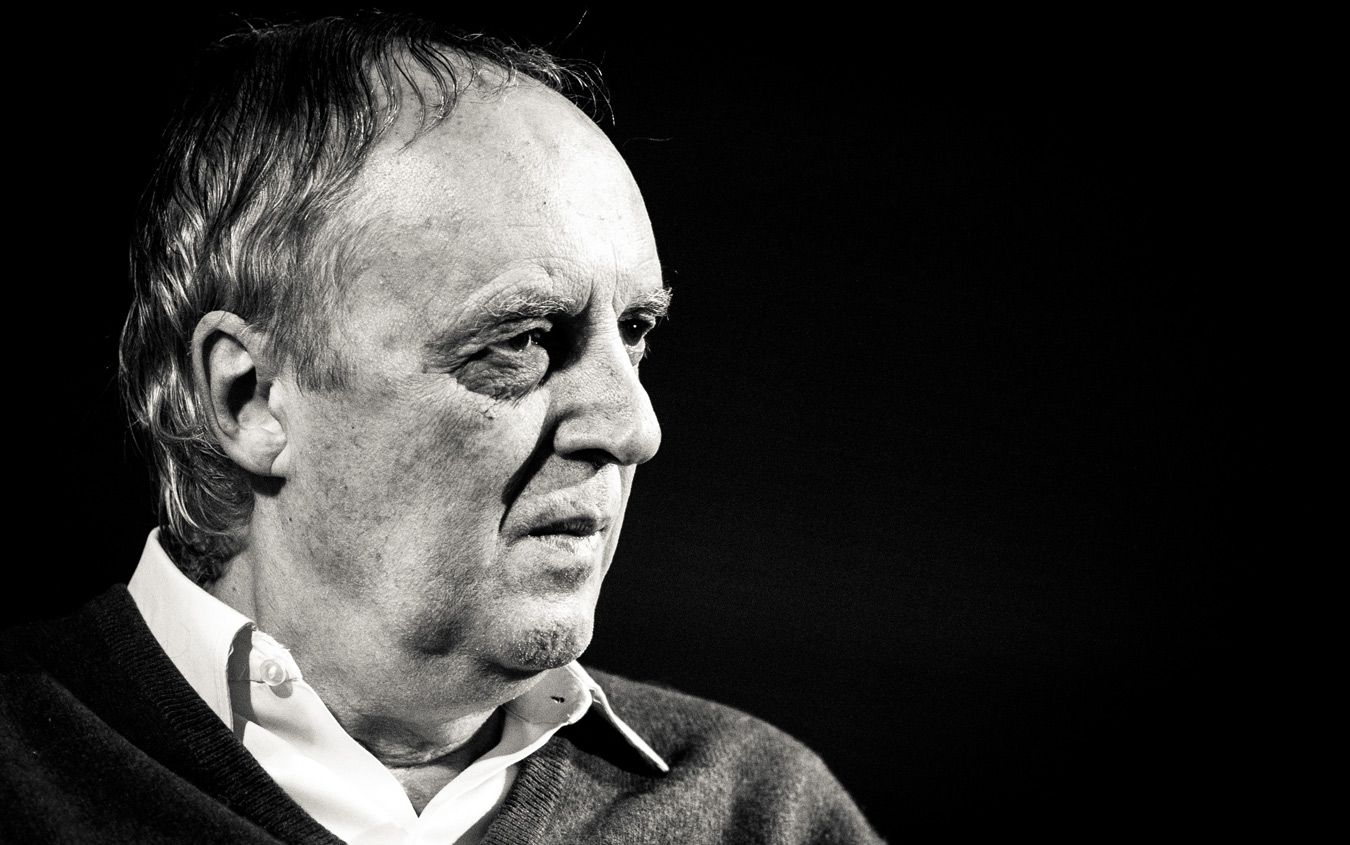
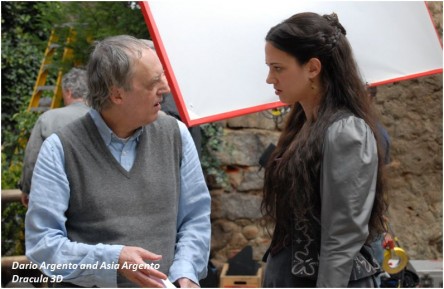
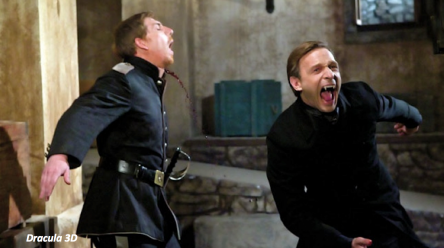
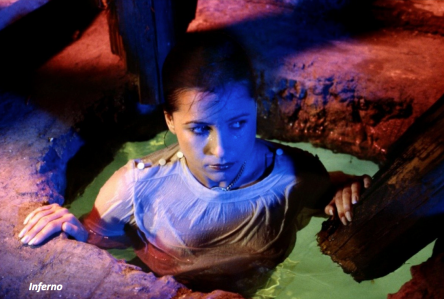
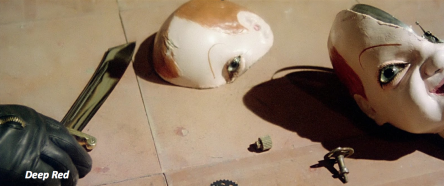

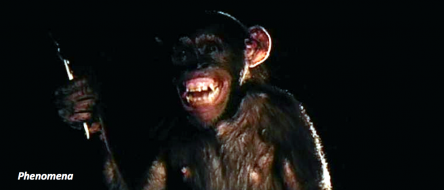

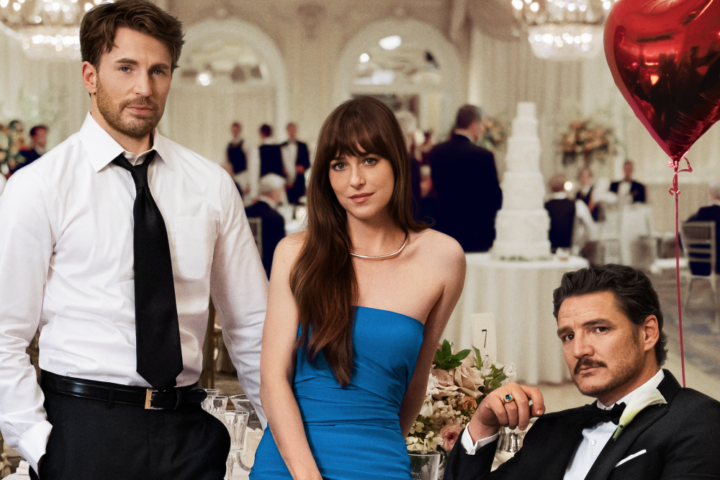
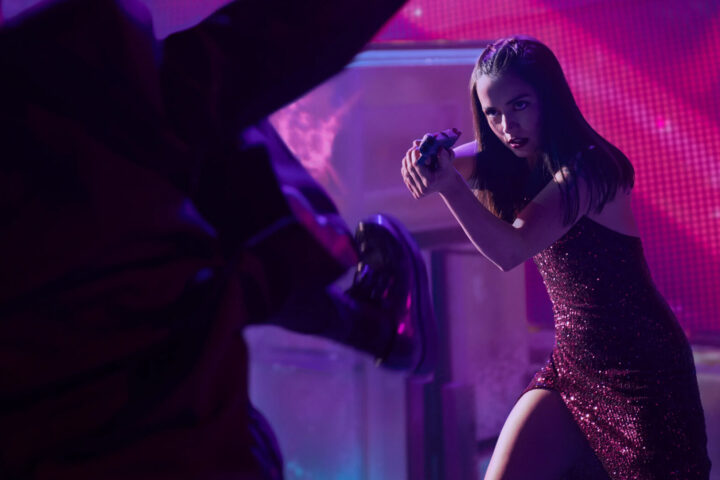
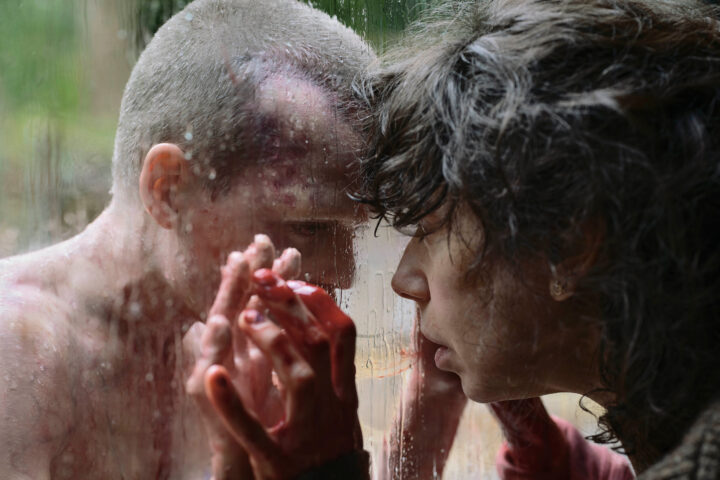
Nice interview. Need to re-watch “Inferno” soon.
Joel, thanks! I just saw Inferno recently again and was struck how it largely frees itself from the narrative for whole sections, really becoming a series of expressionst set-pieces. The story is never the engine in that one.